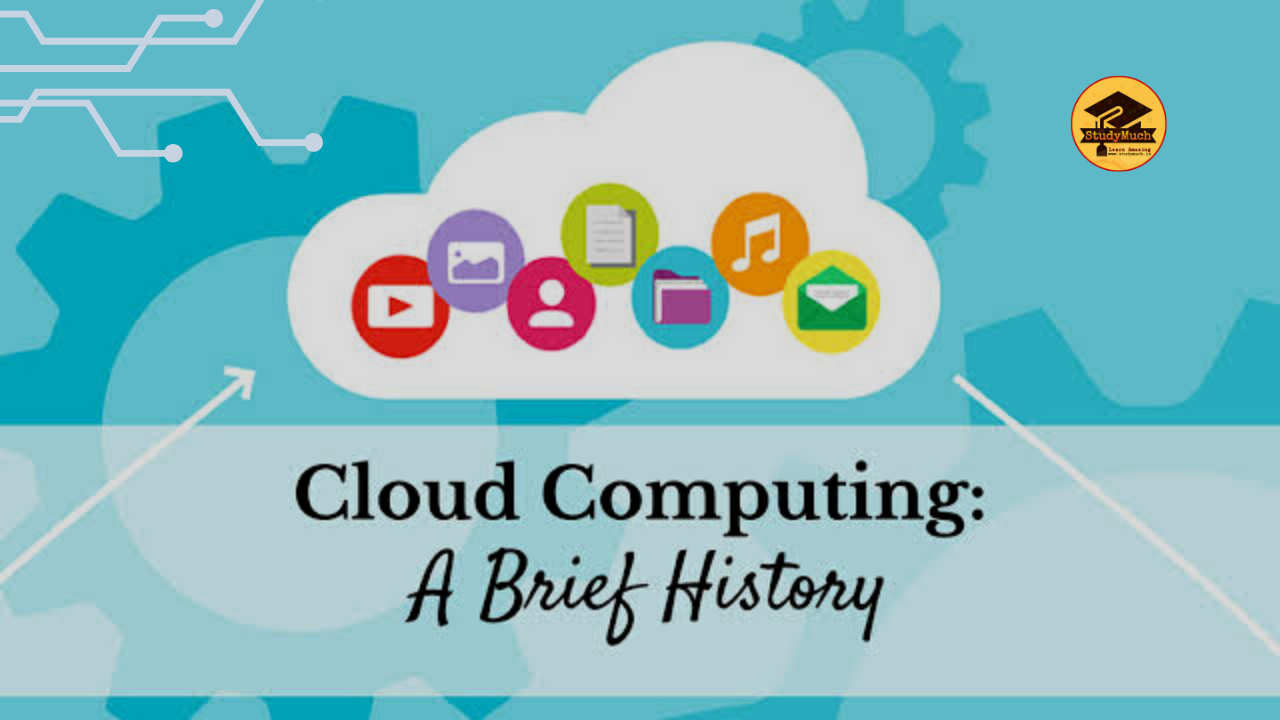History of Cloud Computing

History of Cloud Computing
In the rapidly evolving landscape of technology, few innovations have had as profound an impact as cloud computing. The ability to store, access, and manage data and applications over the Internet has revolutionized the way businesses operate and the way individuals interact with information. Join us on a fascinating journey through the History of Cloud Computing.
Distributed Computing (Pre-Cloud Era):
Distributed computing emerged as a solution to the limitations of client/server computing. All computers were networked, sharing resources as needed. It marked a shift toward more collaborative and interconnected computing environments, leading to increased efficiency and resource utilization.
Predecessors (1950–1960):
The roots of cloud computing can be traced back to the 1950s when mainframe computers were the size of entire rooms. In those early days, users accessed computing power through “dumb terminals”, establishing the foundation of the centralized model that underlies cloud computing. The concept evolved in the 1960s with the advent of utility computing, where computing resources were provided as a service.
Utility Computing Vision (1961):
In 1961, John McCarthy proposed a visionary idea at MIT – Computing could be sold as a utility, similar to water or electricity. Despite its brilliance, the technology of the time was not ready for such a concept. The idea remained dormant for decades, awaiting the right technological advancements.
Salesforce.com Cloud Delivery (1999):
First introduced in 1999, salesforce.com became the first cloud service provider, they delivering applications & services to users through a simple website. These applications were delivered to enterprises with the Internet, realizing the dream of computing sold as a utility. This marked the beginning of the cloud computing era.
Amazon Web Services (AWS) Cloud Services (2002):
In 2002, Amazon moved into cloud computing with Amazon Web Services (AWS), that offering services like storage, computation, and human intelligence. The true breakthrough came in 2006 with the launch of Elastic Compute Cloud (EC2), a commercial service open to everyone. This democratized access to powerful computing resources.
Google, Cloud Revolution (2009):
In 2009, Google Apps joined the cloud computing landscape, providing enterprise applications over the internet and provides more services.
Microsoft Join Cloud Revolution (2009):
In 2009, Microsoft entered the cloud computing with the launch of Windows Azure, solidifying the mainstream adoption of cloud computing. Big players like Oracle and HP also joined, showcasing the industry’s acknowledgment of the cloud’s potential.
Cloud Computing (present):
Today, cloud computing has become an integral part of the IT ecosystem. Major technology companies, including Amazon, Google, Microsoft, Oracle, and HP, offer a host of cloud services, in today lots of companies are provided Cloud Computing services. The widespread adoption of cloud computing demonstrates its mainstream status, changing the way businesses and individual access, manage, and use computing resources.
Conclusion:
The History of Cloud Computing is a journey from centralized client/server computing to the visionary concept of utility computing. The growth, marked by major milestones such as the pioneering efforts of Salesforce.com and Amazon’s game-changing AWS, has transformed the IT landscape. As cloud computing continues to grow, it continues to be a driving force behind innovation, scalability, and accessibility in the digital age.
Learn More;

1 Comment
tlovertonet · May 6, 2024 at 4:20 am
I dugg some of you post as I cogitated they were invaluable invaluable